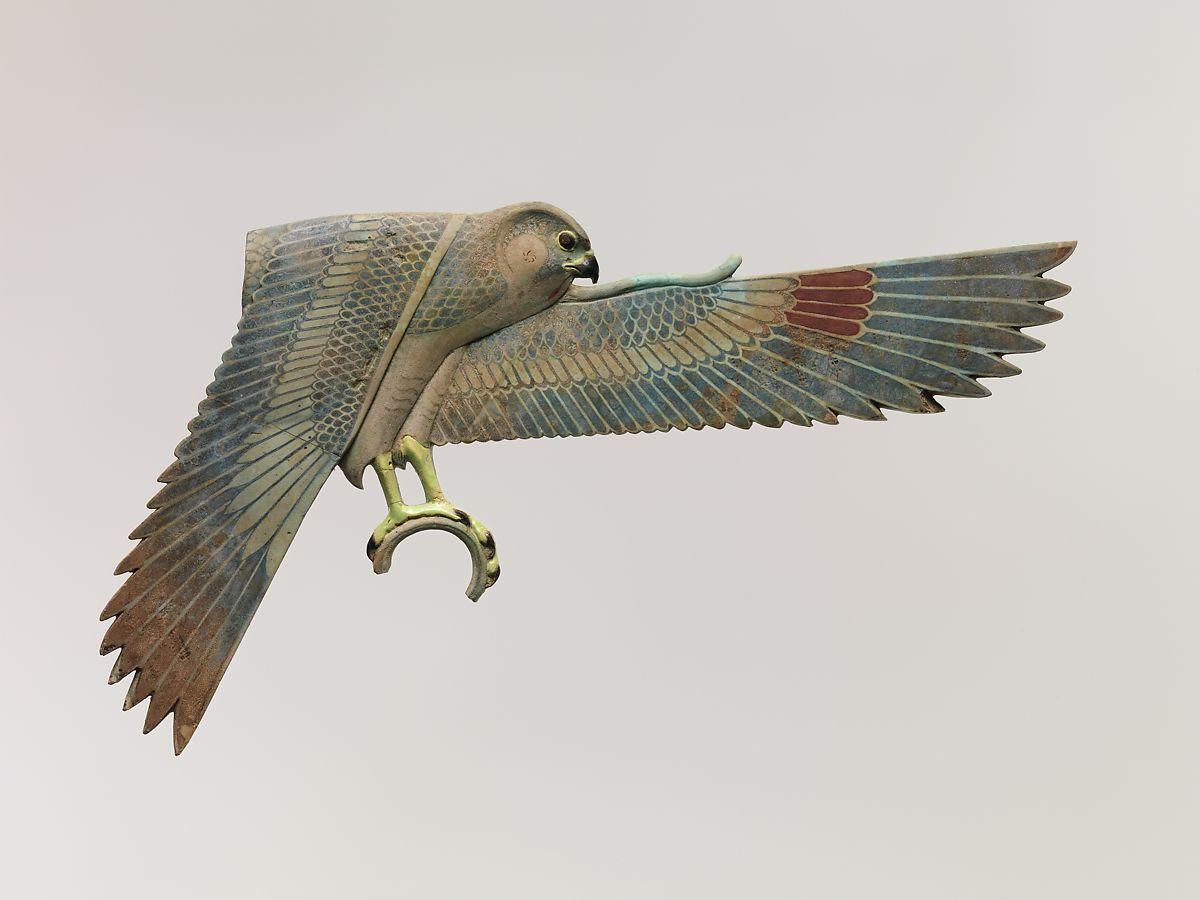From A History of Egyptian Mummies by Thomas J. Pettigrew, 1834.
Note: This article has been excerpted from a larger work in the public domain and shared here due to its historical value. It may contain outdated ideas and language that do not reflect TOTA’s opinions and beliefs.
We have already seen upon how extended a scale the ancient Egyptians practised the art of embalming the human species, and our astonishment will not be less excited by an examination into the tombs that have been devoted to the reception of the prepared and preserved bodies of various kinds of animals respected and even worshipped by this people: quadrupeds, birds, amphibia, fishes, insects, nay even plants, have been in particular parts of Egypt and at different times the objects of religious superstition.
Egypt has ever been regarded as the principal seat of idolatry and superstition, and this has arisen from the attention paid to various animals and the respect shown to their remains. Historians, mythologists, orators, poets, and painters have vied with each other in displaying the worship of animals by the Egyptians.
Certain animals were supported at the public expense. The people offered up presents to the animal representing the divinity to whom they were addressing their prayers, to render their supplications fruitful. Animals of the lowest character, even vile insects, have been fostered in their temples, nourished by their priests, embalmed after death, entombed with pomp, and received all kinds of honours. Those who either by accident or design have occasioned the death of any of these animals have even paid the forfeit of their lives as the penalty of the of- fence.
"He who has voluntarily killed a consecrated animal," says Diodorus Siculus, "is punished with death; but, if any one has even involuntarily killed a cat, or an ibis, it is impossible for him to escape capital punishment; the mob drags him to it, treating him with every cruelty, and sometimes without waiting for judgment to be passed. This treatment inspires such terror that if any person happens to find one of these animals dead he goes to a distance from it, and by his cries and groans indicates that he has found the animal dead. This superstition is so deeply impressed on the minds of the Egyptians, and the respect they bear these animals is so profound, that at the time when their king Ptolemy was not as yet declared the friend of the Roman people, when they were paying all possible court to travellers from Italy, and their fears made them avoid every ground of accusation, and every pretext for making war on them, yet a Roman having killed a cat, the people rushed to his house, and neither the entreaties of the grandees whom the king sent for the purpose, nor the terror of the Roman name, could protect this man from punishment, although the act had been involuntary. I do not relate this anecdote on the authority of another; for I was an eye-witness of it during my stay in Egypt."
Did the Egyptians really regard these animals as divinities? Strabo says that the worship of animals obtained throughout Egypt for the bull, the dog, the hawk, and the ibis; but that in various parts other animals were the objects of the superstitious veneration of particular cities.
The people of Sais and the Thebans adored the sheep; those of Lycopolis the wolf (or jackal); those of Hermopolis the ape (or monkey). Herodotus tells us that the animals esteemed as sacred in one city were held in abhorrence and detestation in another, and that these varieties of opinion were frequent sources of quarrel and dispute. Thus the Ombites fought against the Tentyrites on account of the sparrow-hawks, and the Cynopolitans against the Oxyrhynchites from disputes about dogs and pikes. The people of Mendes honoured the goat, but immolated the sheep. The inhabitants of Thebes worshipped Jupiter Ammon under the figure of a ram, and offered to him goats in sacrifice.
Herodotus ascribes the veneration of the ibis to its utility, and Cicero appears to have been of the same opinion, for he says, "Ipsi qui irridentur Æyptii nullam belluam nisi ob aliquam utilitatem consecraverant, velut ibes maximam vim serpentium conficiunt. Possum de ichneumonum utilitate, de crocodilorum, de felium dicere: sed nolo esse longior."
It is quite natural to trace the origin of the worship of animals to the benefits supposed to be derived from their services, or as being typical of their powers and properties—the ox tills the land, the cow yields milk, the sheep affords wool, the dog exhibits vigilance and gives protection, the hawk destroys serpents, &c. &c.
Pettigrew, Thomas Joseph. A history of Egyptian mummies, and an account of the worship and embalming of the sacred animals by the Egyptians; with remarks on the funeral ceremonies of different nations, and observations on the mummies of the Canary islands, of the ancient Peruvians, Burman priests, &c., Longman, Rees, Orme, Brown, Green, and Longman, 1834.
About TOTA
TOTA.world provides cultural information and sharing across the world to help you explore your Family’s Cultural History and create deep connections with the lives and cultures of your ancestors.



